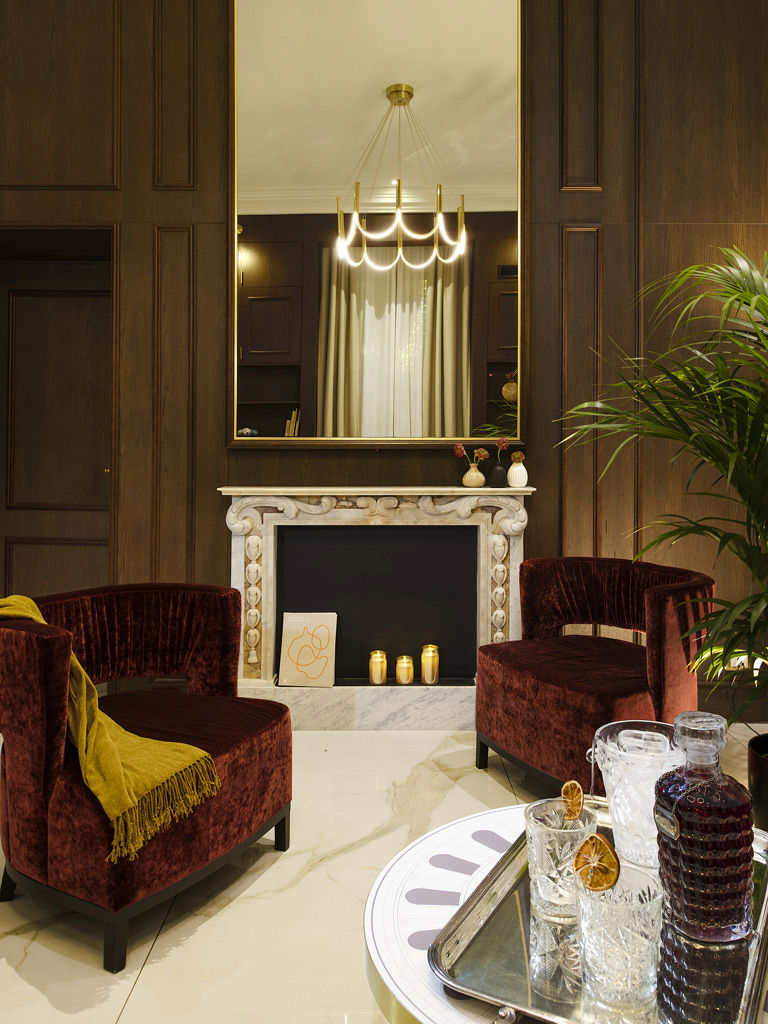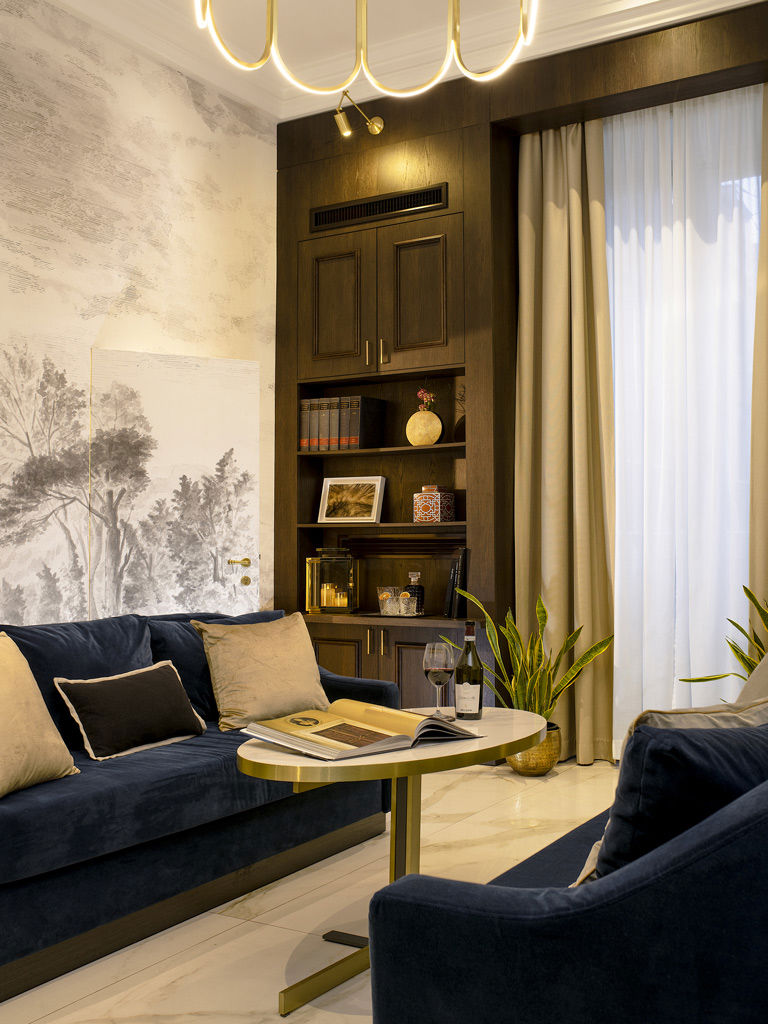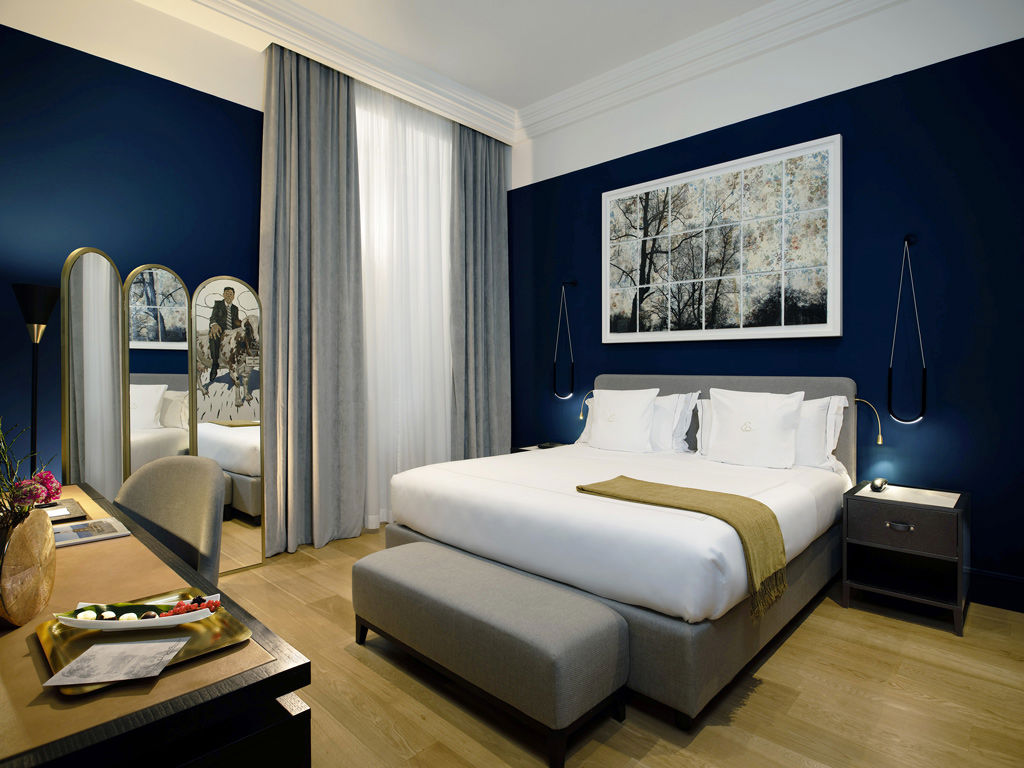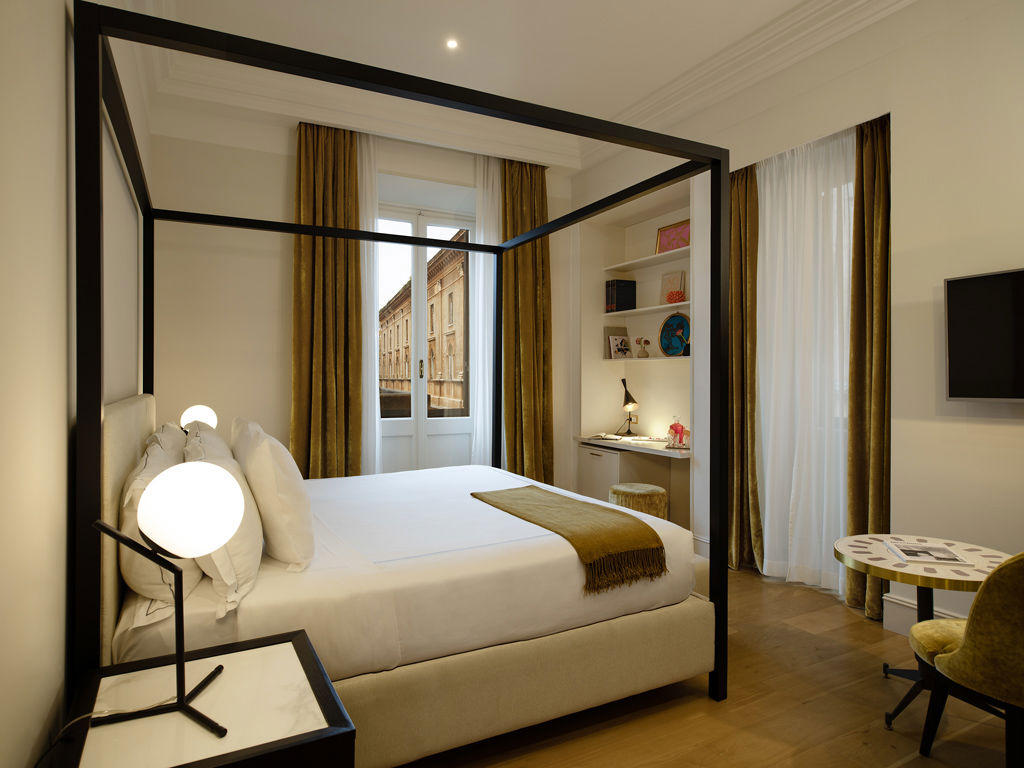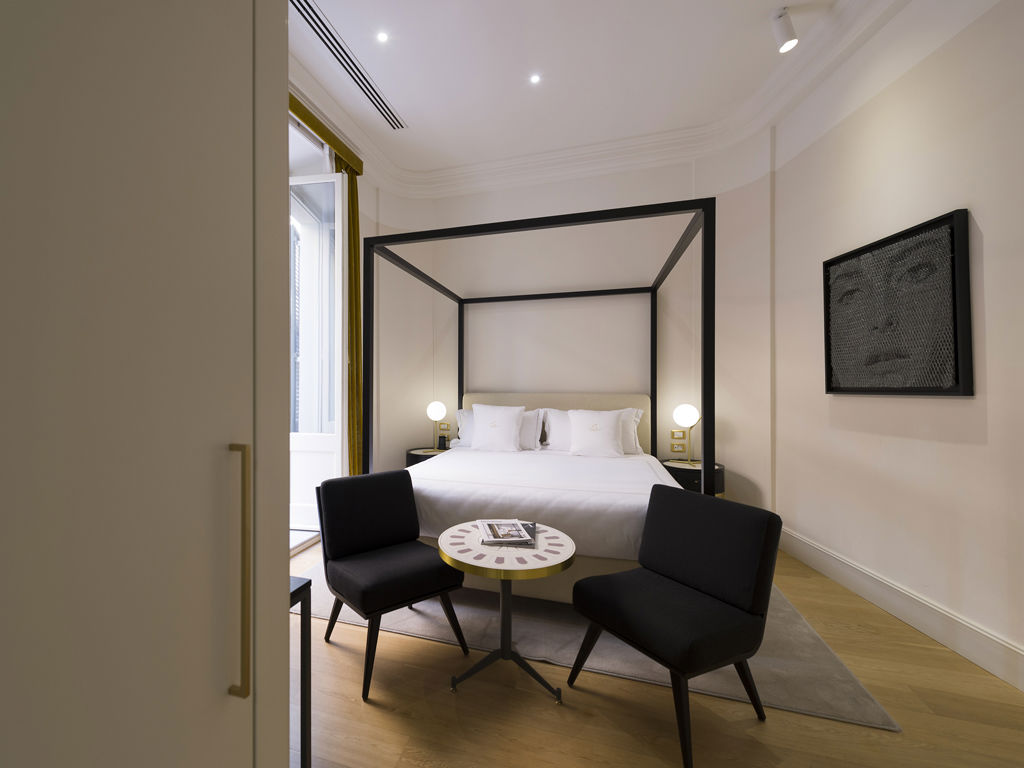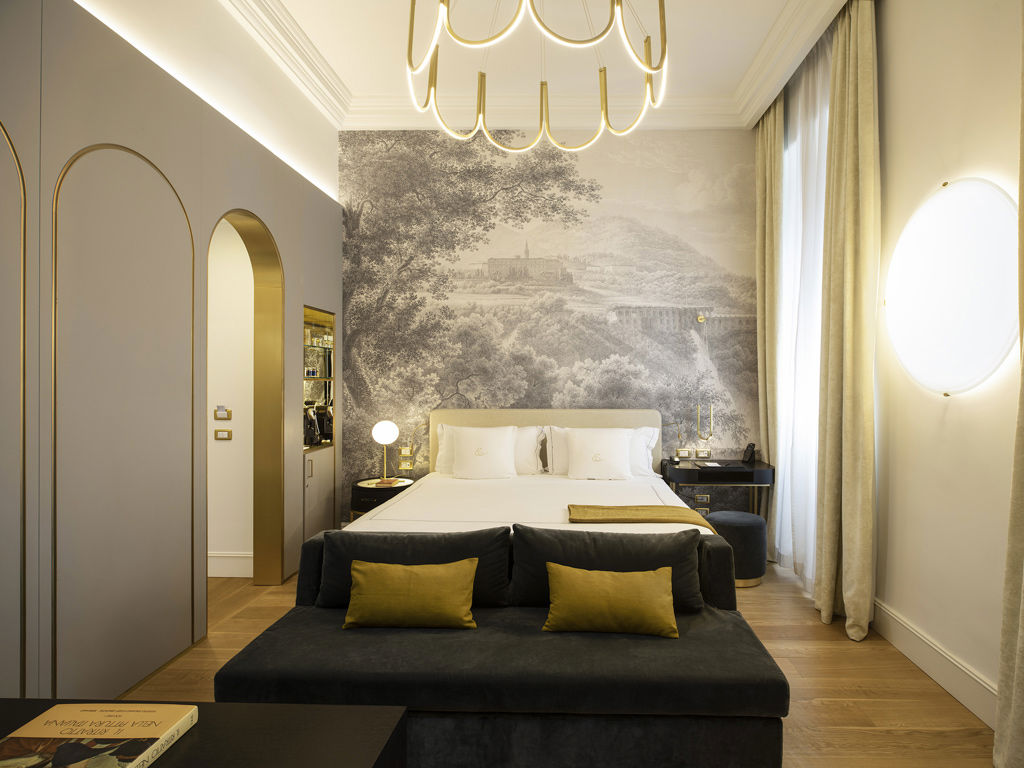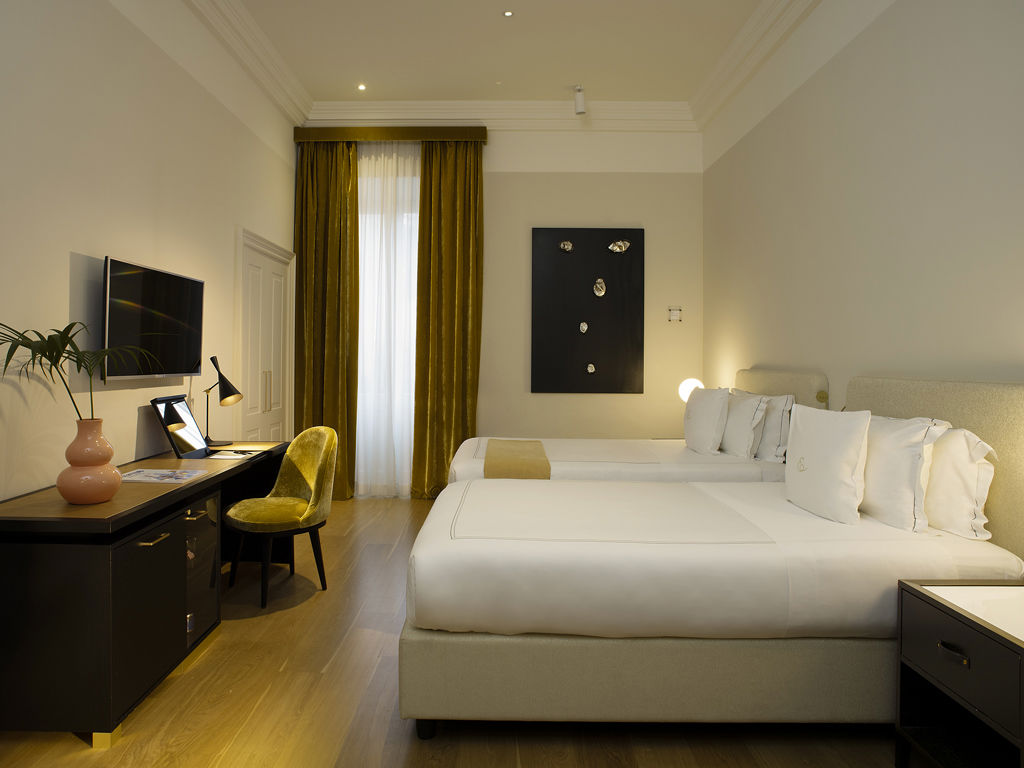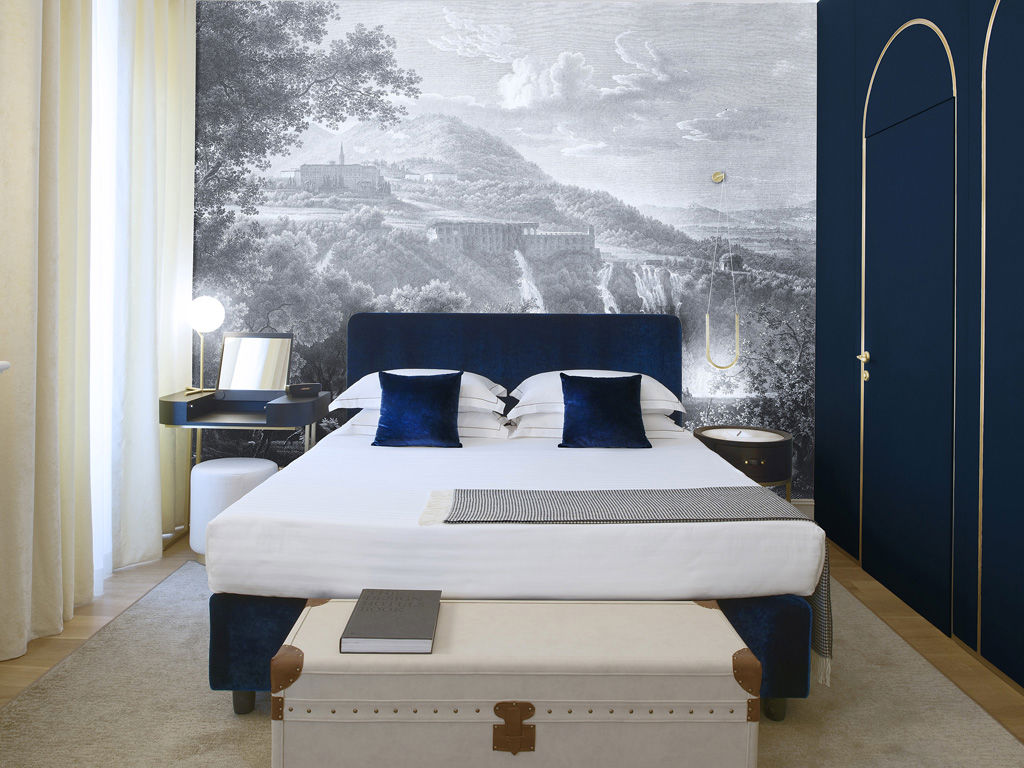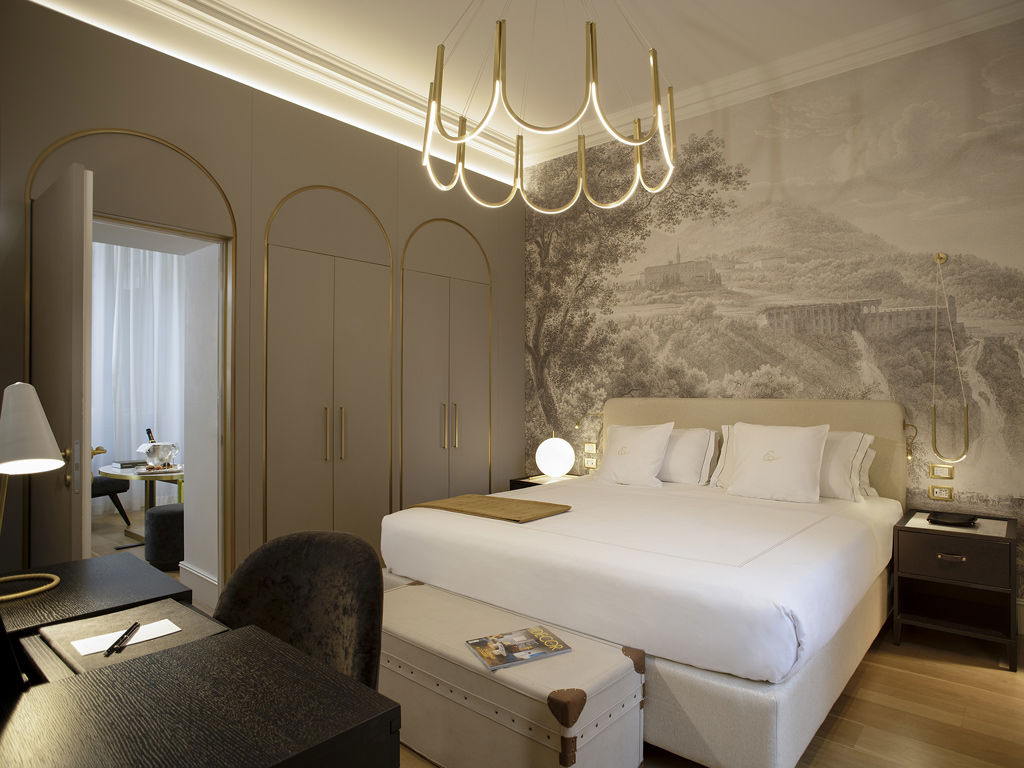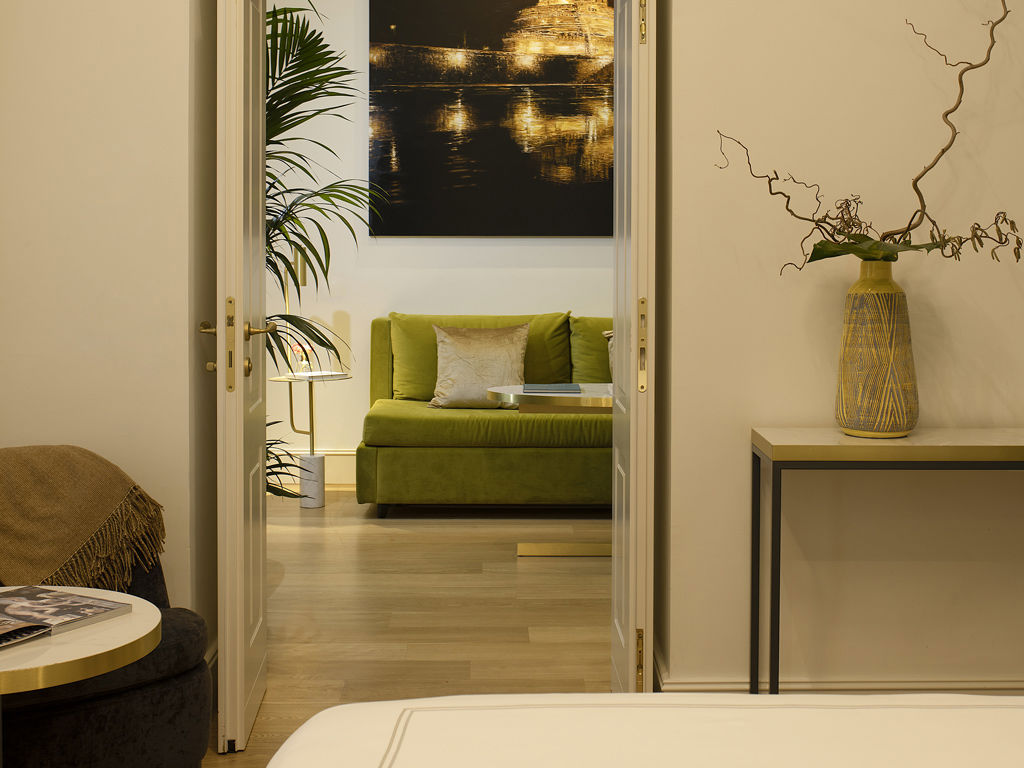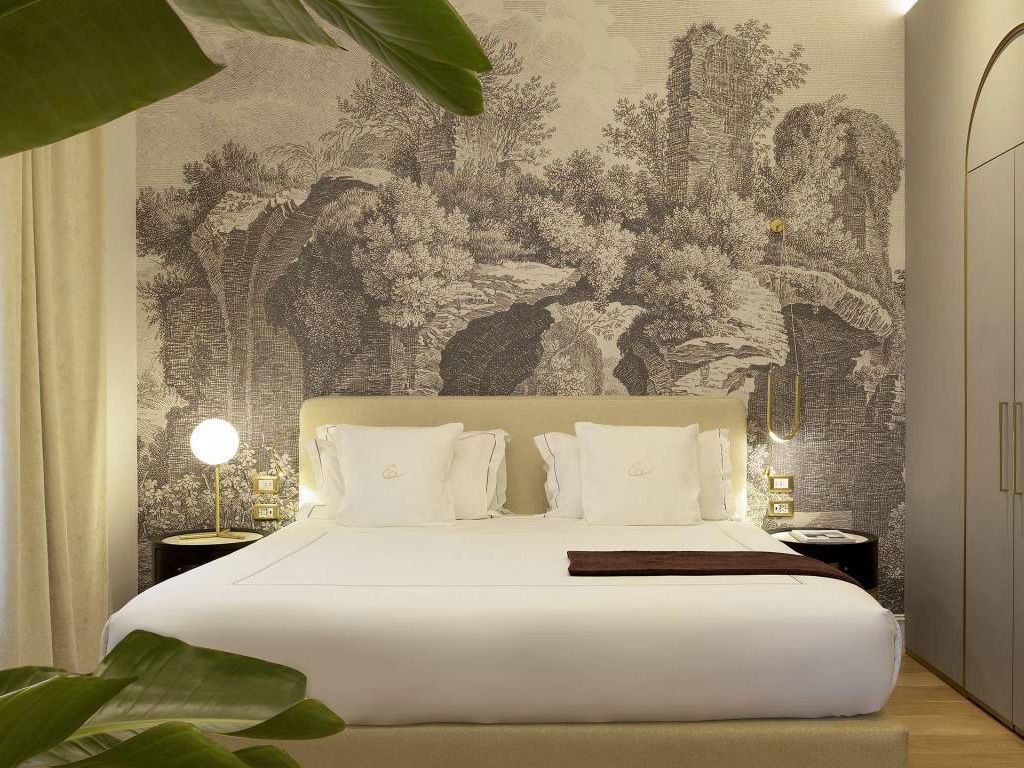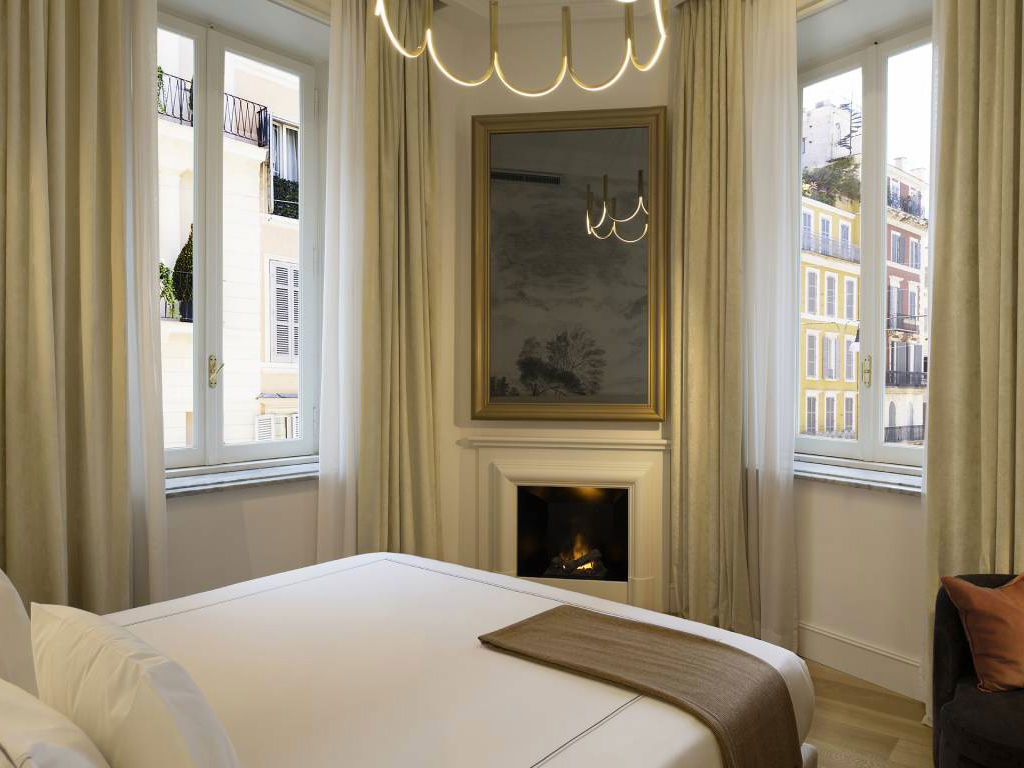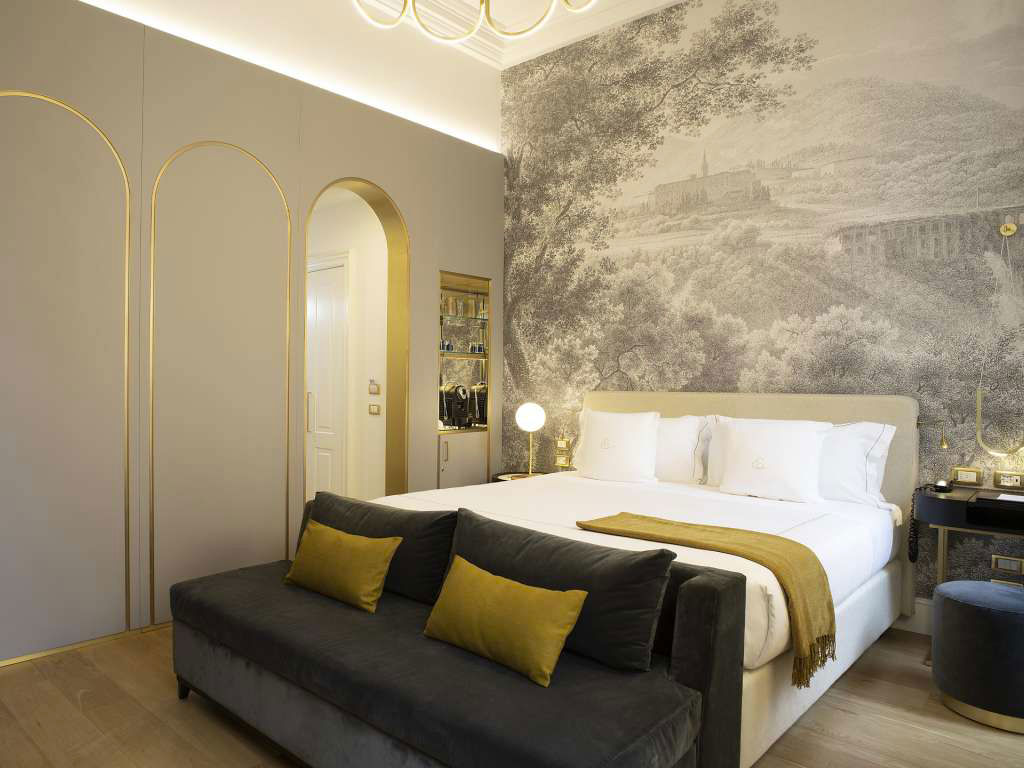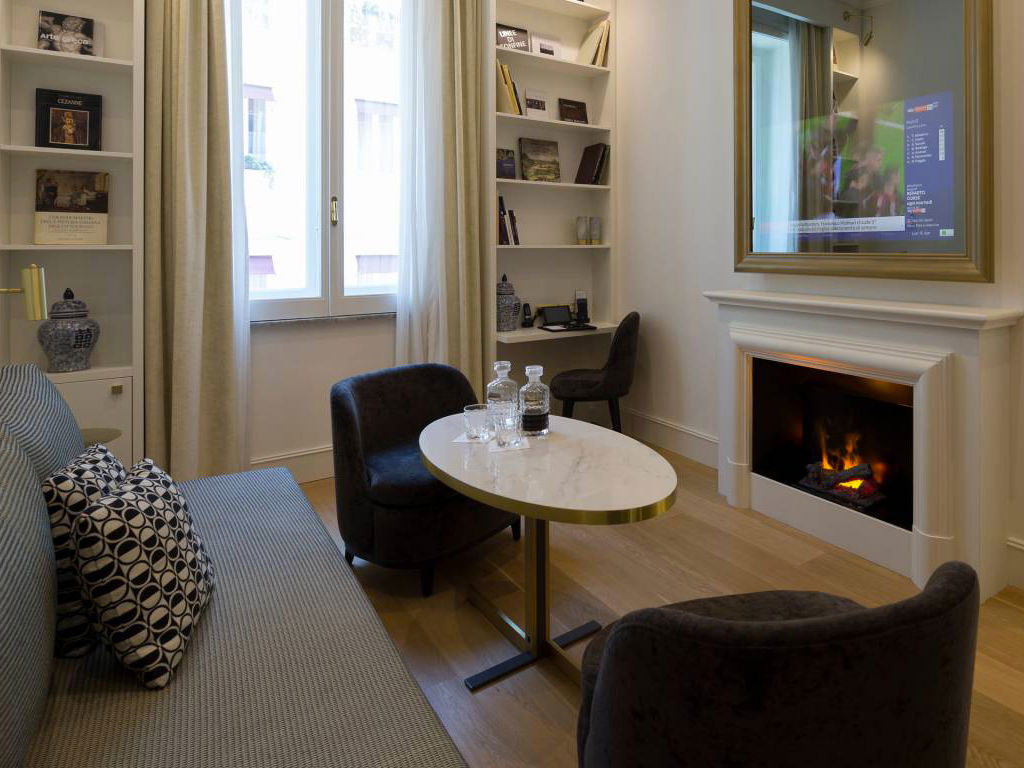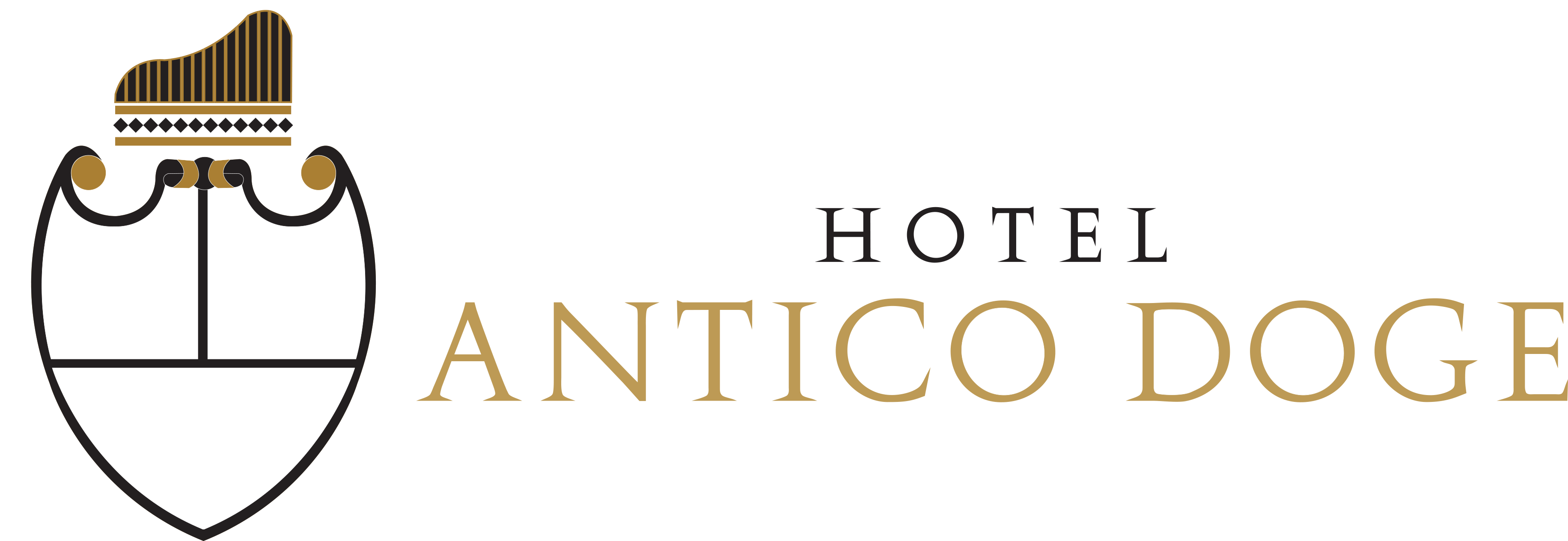Elizabeth Unique Hotel
The Elizabeth Unique Hotel in Rome is a precious residence, where ancient stories intertwine with modern ones, hospitality is a generous and authentic embrace, desires are fulfilled before being expressed. Exclusivity is marked by discreet and skilful gestures, because the aim is not to amaze but to care.
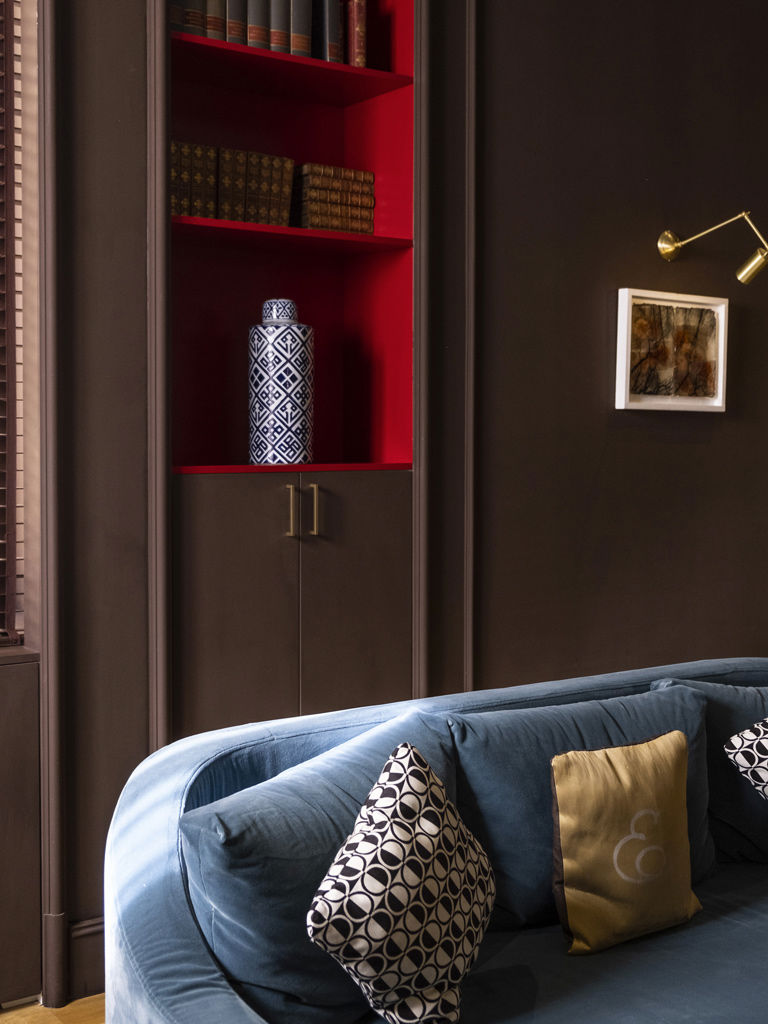
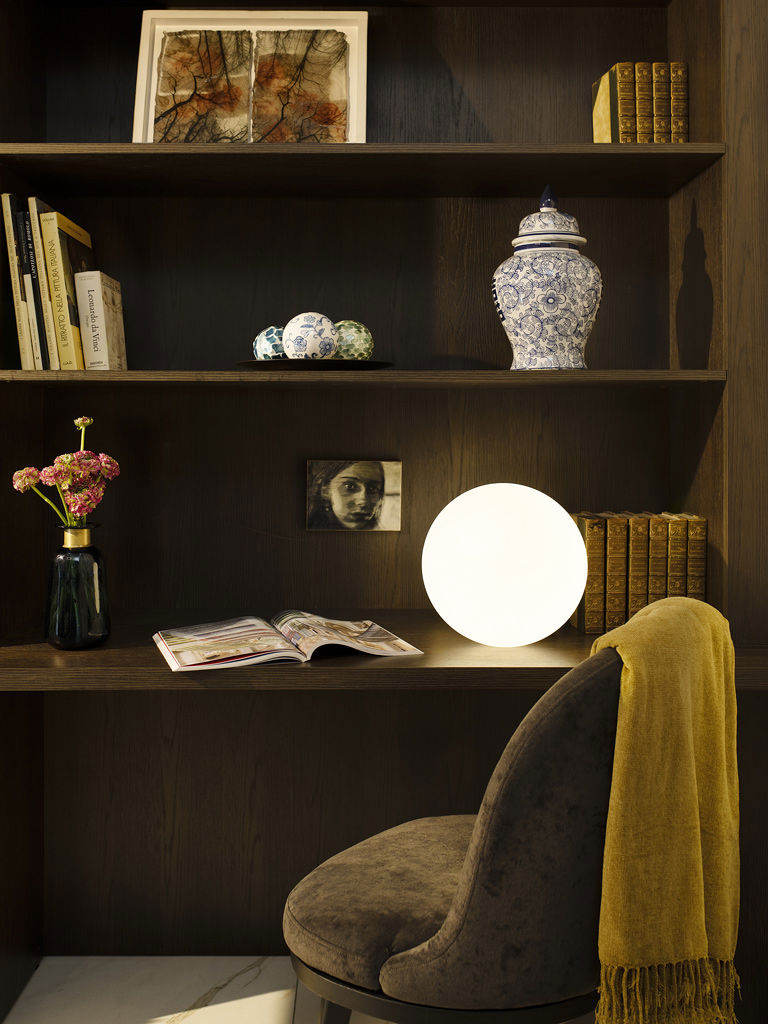
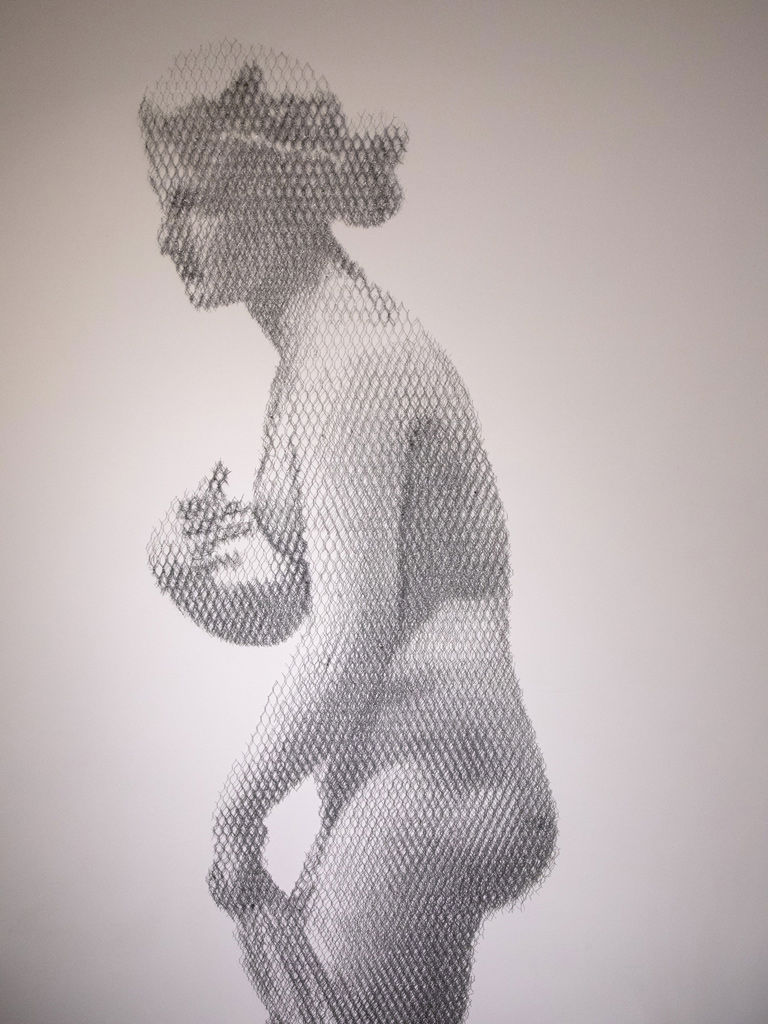
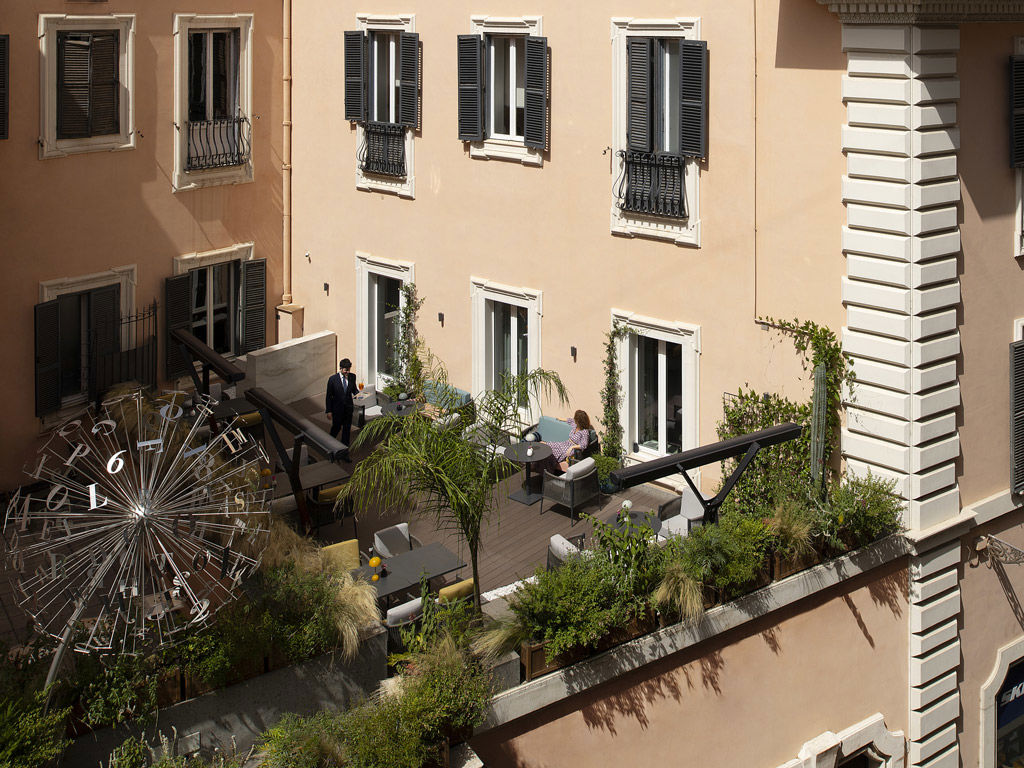
DonnaE Bistrot.
An explosion of typical local dishes
The DonnaE Bistrot invoke the versatile nature of places conceived to be shared. DonnaE Bistrot is inspired by the traditional feminine hospitality, typical of our beloved south Italy. In the morning, you can linger over freshly baked brioches, muffins and tarts, spiced teas and perfectly balanced infusions, the clear reinvigorating flavours of seasonal fruit, and superb compositions of soft and velvety eggs, which delicately stimulate and amaze the senses. Elizabeth’s breakfast is an à la carte brunch that reveals the gracefulness and discretion of noble English breakfasts.
Art
A selection of contemporary art commissioned to interpret the soul of the hotel, add significance and beauty to the guests’ experience.
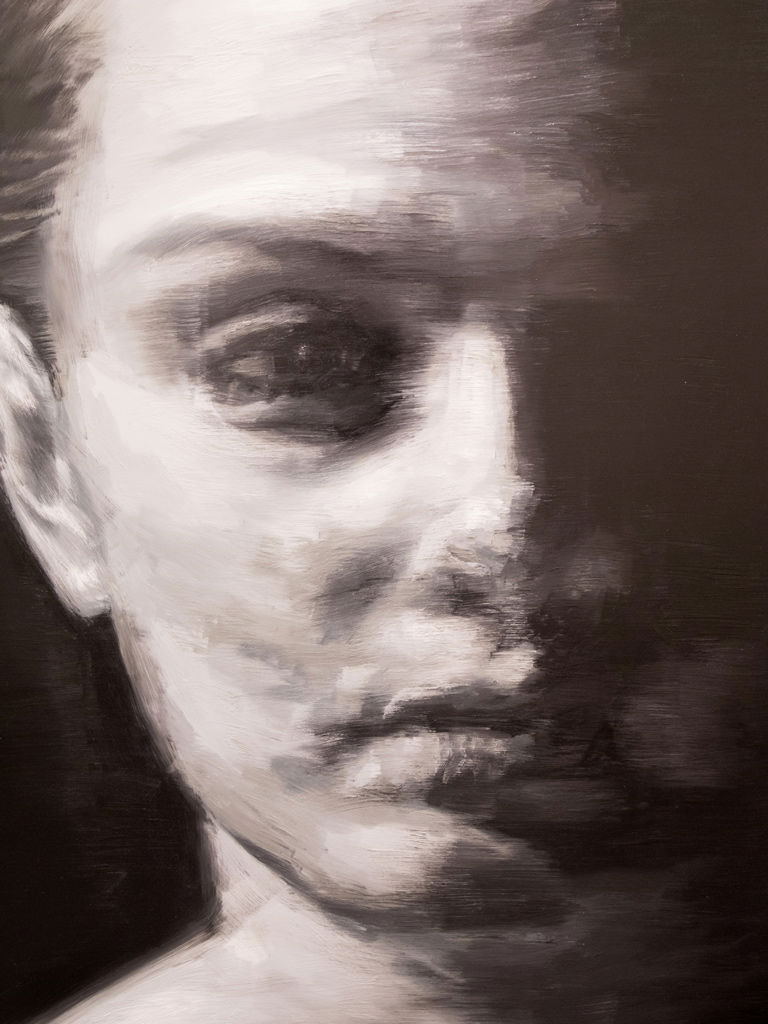

Elizabeth's Mansion
Elizabeth’s Mansion proposes six rooms and suites distributed throughout two floors of an old palazzo on Via delle Colonnette, just a few meters from the main building. The Mansion mirrors the philosophy and distinguished interior design signed by Marincola Studio.
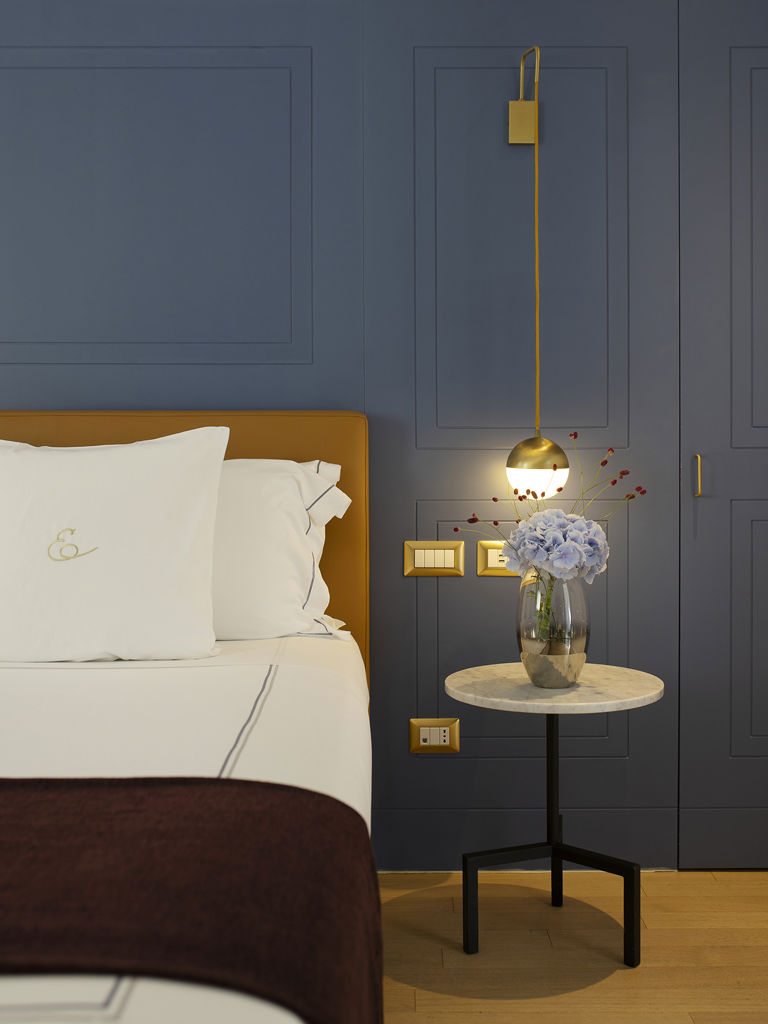
Location
Elizabeth Unique Hotel stands in an idyllic and strategical corner that allows a close interaction with the artistic legacy of the Tridente. It is the perfect starting and ending point of a day spent discovering and celebrating Rome’s universal beauty.
